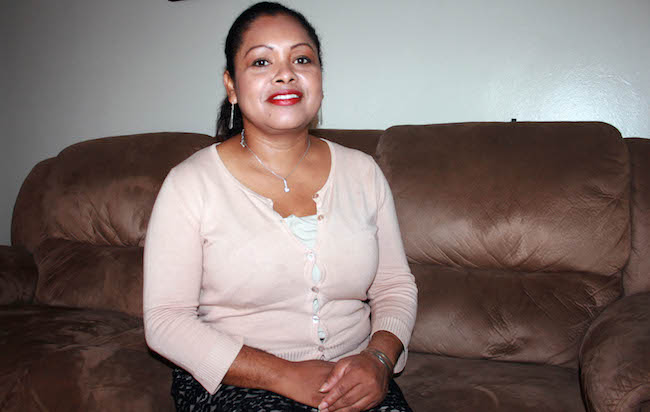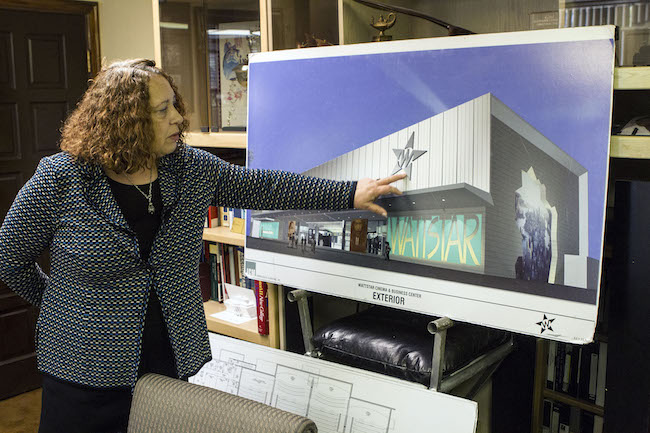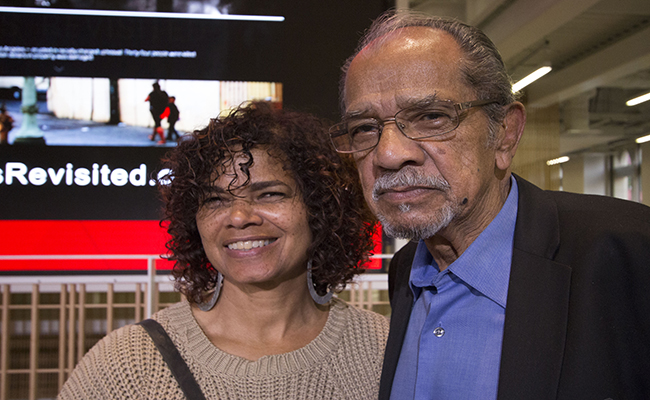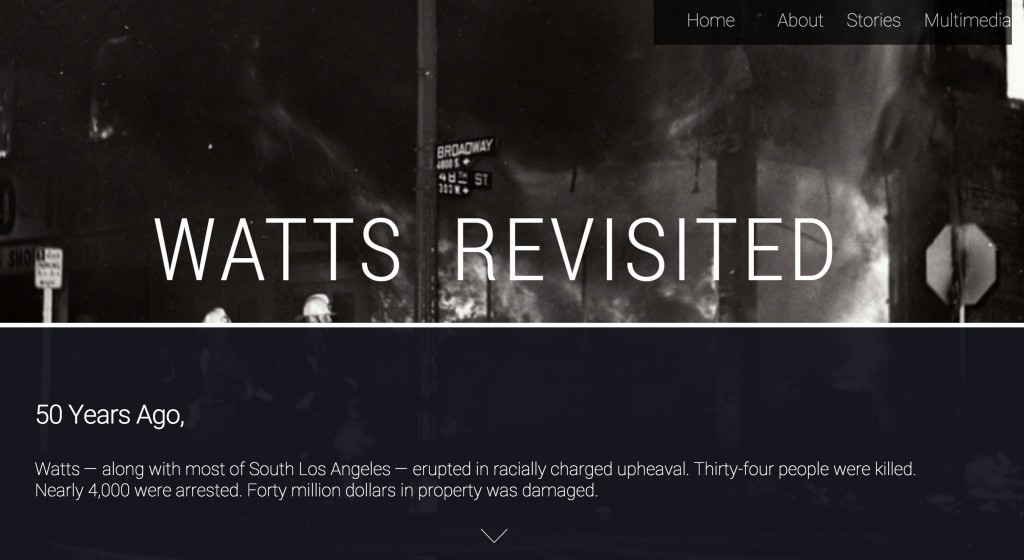This article was produced for Watts Revisited, a multimedia project launched by the USC Annenberg School for Communication and Journalism that explores challenges facing South L.A. as we commemorate the 50th anniversary of the 1965 Watts Riots. Learn more at www.wattsrevisited.com.

Jay Davis stands in front of his class at Augustus Hawkins High School. | Photo by Anna-Cat Brigida
When Jay Davis talks to his students about the 1965 riots, which broke out all around his South L.A. campus, he wants to make sure it is not just a history lesson. Instead, he pushes his students to use the images to talk about the history, understand the factors that provoked rioting and decide what role they would play in history. [Read more…]



















